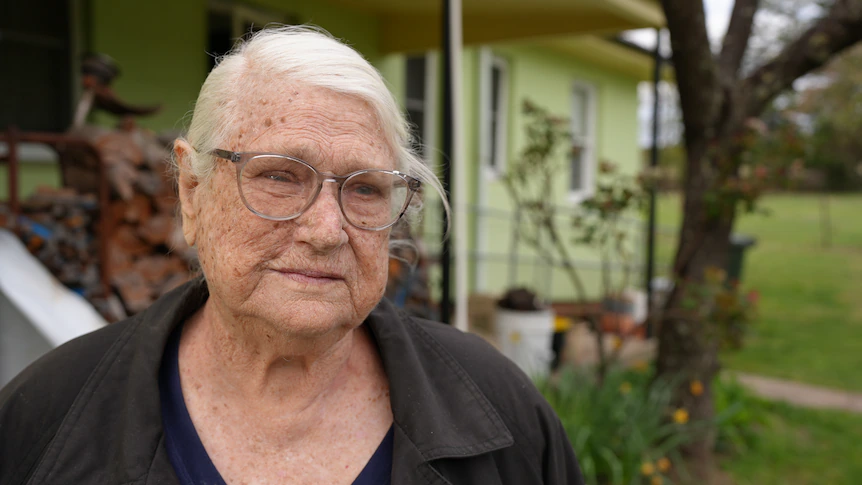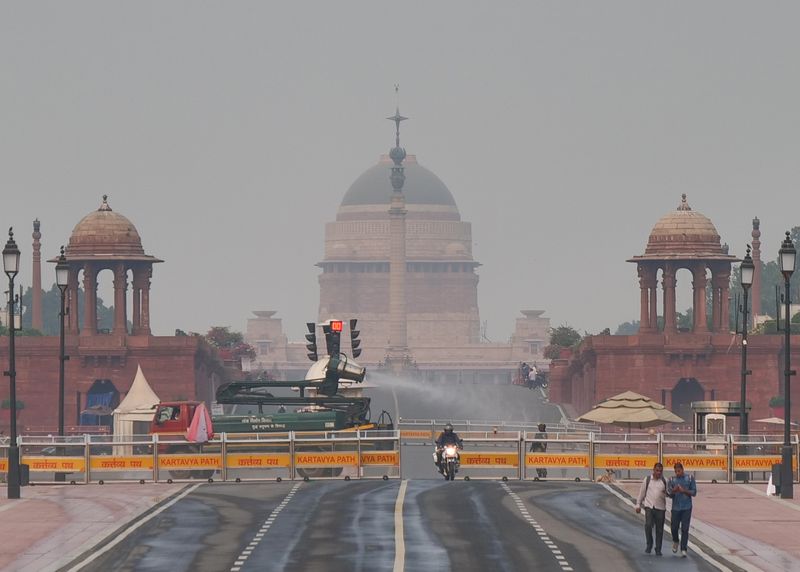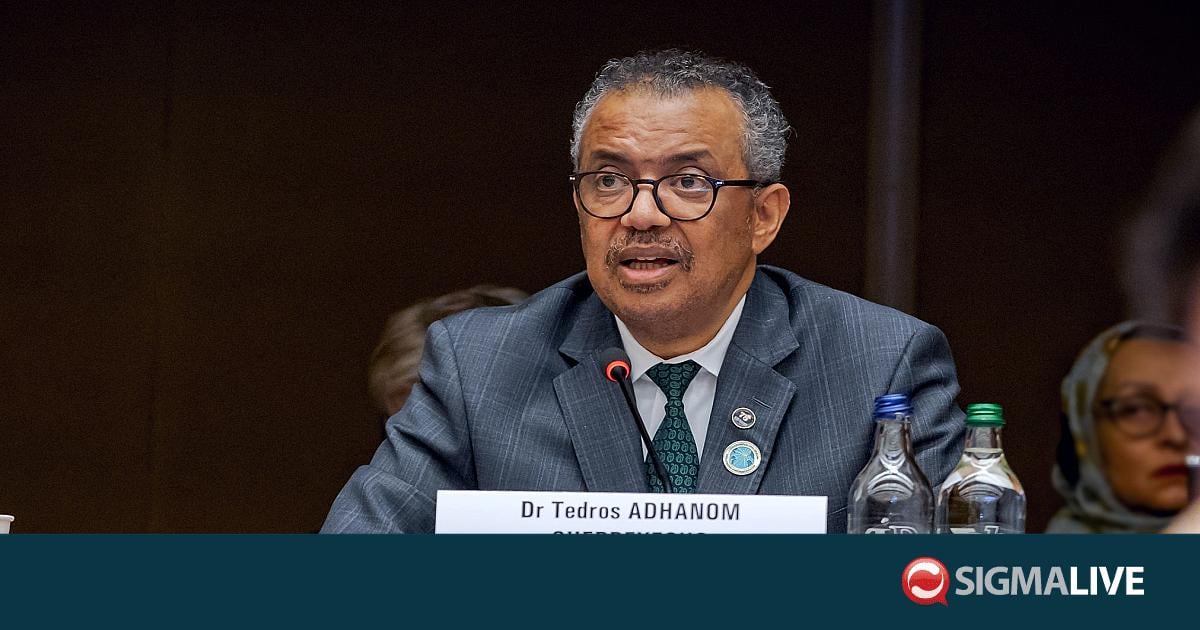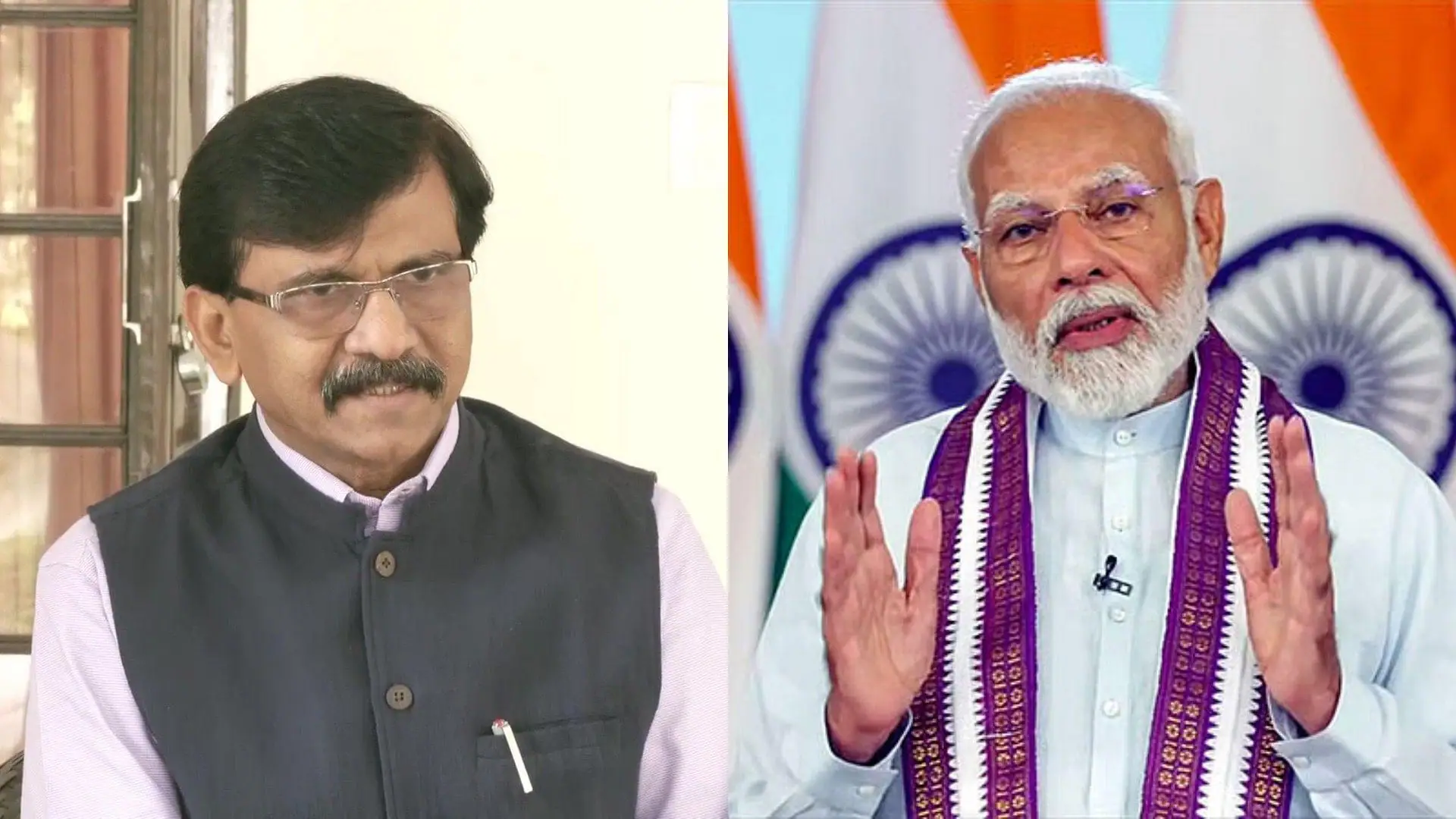Copyright abc
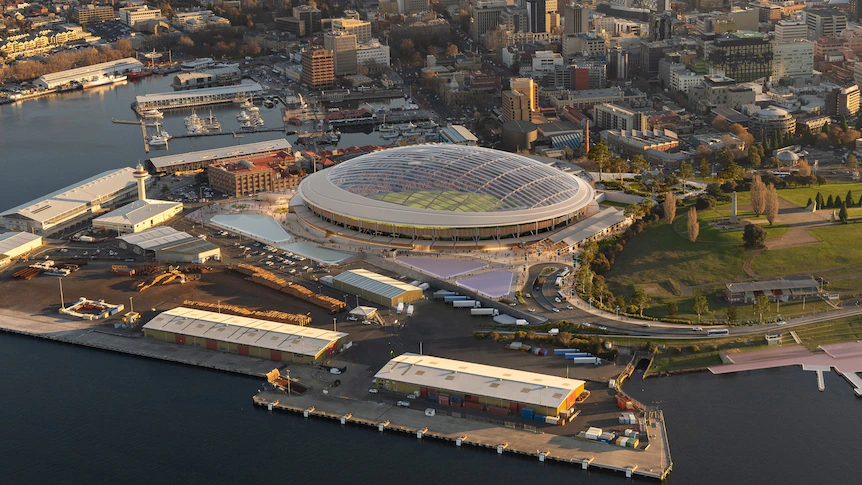
It is the debate that has rumbled through Tasmania for years — loud enough that you would be hard pressed to find someone on the mainland who has not caught wind of it. Should an AFL stadium be built at Macquarie Point in Hobart? The proposed $1.13 billion stadium has split the state like few projects before it, with dozens of reports, studies and economic forecasts unable to settle the argument. Some Tasmanians say the government should "just get on with it", arguing the project will bring a footy team, tourism and long-term benefits to the state. Others warn it is a billion-dollar mistake that would blow a hole in the state's budget and divert funds from housing and health. Sometimes the argument plays out over clinking cutlery at family dinners or on the sidelines of a local sporting match. More often, it erupts in social media comment sections. But it will be among the wooden desks, black office chairs, and freshly vacuumed carpets of Tasmania's Parliament where the final word will be spoken. After years of talk, the process to decide the stadium's fate is finally under way. Here's how it will all unfold. The lower house The specific item up for debate is called an "order" — a document that sets out the conditions the project must meet if approved. The order is divided into seven sections, covering everything from cultural heritage and environmental standards to council and Aboriginal heritage conditions. Its first stop is the House of Assembly — the lower house of parliament — where it is expected to be tabled today. The 35 members of the lower house are made up of 14 Liberals and 10 Labor MPs, while the rest are a mix of independents and smaller party representatives. The parliament is also dealing with an interim budget this week, so the order will not be debated straight away. It is expected to sit on the table for at least a week, before the debate officially begins at some point next week. Both major parties — along with independent David O'Bryne — have publicly backed the stadium, so this stage is not expected to be particularly dramatic. It is not clear exactly how long the debate will go for at this stage, as it is not known which MPs will choose to speak on it or how long they will be allocated. After some speeches, a vote will be held, and the "yes" side is almost certain to come out on top. The upper house The real action will unfold when the proposal moves to the Legislative Council — Tasmania's upper house. That debate is expected to begin on Wednesday, December 3 and could stretch into Thursday, December 4, before a final vote is taken. The council has 15 members: three Liberal MPs, three Labor MPs and nine others. Labor's Craig Farrell, as president of the council, typically does not vote unless there is a tie — and convention suggests he would vote "no" in that case. That means the government and Labor will need the support of at least three independents for the order to pass. The Greens' Cassy O'Connor can be ruled out straight away — her party has opposed the stadium from day one. Independents Mike Gaffney, Rosemary Armitage and Meg Webb have all said they will vote against it too. That leaves five independents — Dean Harriss, Casey Hiscutt, Ruth Forrest, Tania Rattray and Bec Thomas — who hold the deciding votes. If at least three of them say yes, the project will clear parliament. If not, the stadium proposal — and possibly the state's AFL timeline — will hit a dead end. What's next? Once the outcome of that vote is confirmed, the future of the Macquarie Point stadium will finally be known after years of political wrangling and public division. If it is approved, the proposal is expected to go out for tender in early 2026 to pave the way for construction to begin. If it is rejected, the stadium plan will be dead in the water and the proponents — along with the Tasmania Devils AFL side — will have to go back to the drawing board. It would be optimistic to think the debate will end there. But for the first time, Tasmania will have a definitive answer.
